Brazil
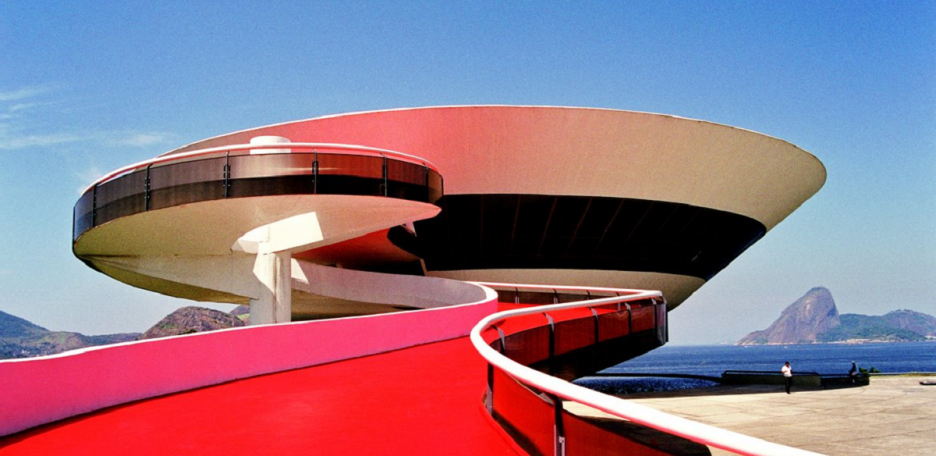

What New York is to the northern part of the globe, São Paulo is for the southern hemisphere.
São Paulo
As a first suggestion of São Paulo’s architecture, Viaggi di Architettura suggests an overnight stay at the Hotel Unique (Ruy Ohtake, 1995.) The hotel is one of the most interesting creations Brazilian architect for the singular form a slice of watermelon and walls coated with aged copper.
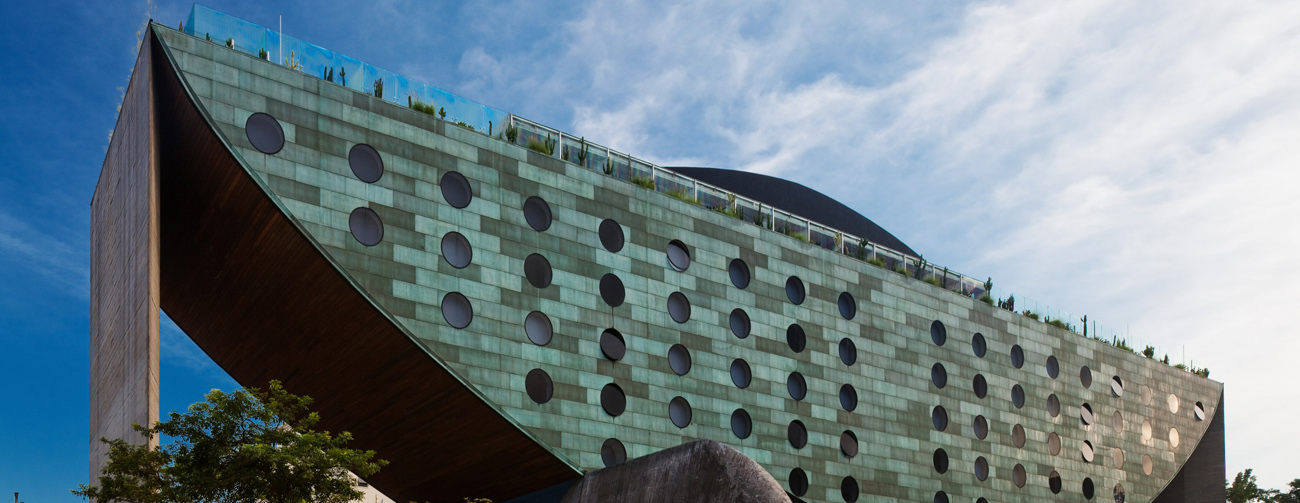
The route continues by public transport, to visit the main modern buildings in the city:
- Praça do Patriarca by Paulo Mendes da Rocha (1992-2002)
- The City Hall of the city of São Paulo, former Palace of the firm Matarazzo Marcello Piacentini and Vittorio Morpurgo (1935-1939)
- Chá viaduct (Elisiario Bahian, 1935) on the Valle do Anhangabaú, which offers a spectacular view of the city
- La Estação Luz
- The Museu da Língua Portuguesa by Paolo Pedro Mendes da Rocha (2000-2006)
- The Pinacoteca do Estado de São Paulo (1993-1998)
- The renovation of the railway station of the early twentieth century, a project with which Paulo Mendes da Rocha won the Pritzker Prize
- Sala São Paulo de Concertos Estação Júlio Prestes (Nelson Dupré, 1997-1999): transformation of the courtyard of a railway station of the early twentieth century into one of the most important concert halls of the world
- The Mercado Municipal. The redevelopment (2002-2004) by Pedro Paulo de Melo Saraiva

A visit to the Ibirapuera Park, designed by a group coordinated by archistar Oscar Niemeyer and was established to commemorate the 400th anniversary of the founding of the city of São Paulo.
In the park there are the following buildings:
- Palácio da Agricultura and Marquise (Oscar Niemeyer, Zenon Lotufo, Hélio Uchoa, Eduardo Kneese de Mello, Gauss Estelita and Carlos Lemos, 1951-1955)
- Palácio das Artes OCA (Paulo Mendes da Rocha, 2000)
- Auditório Ibirapuera (Oscar Niemeyer, 2002-2005)
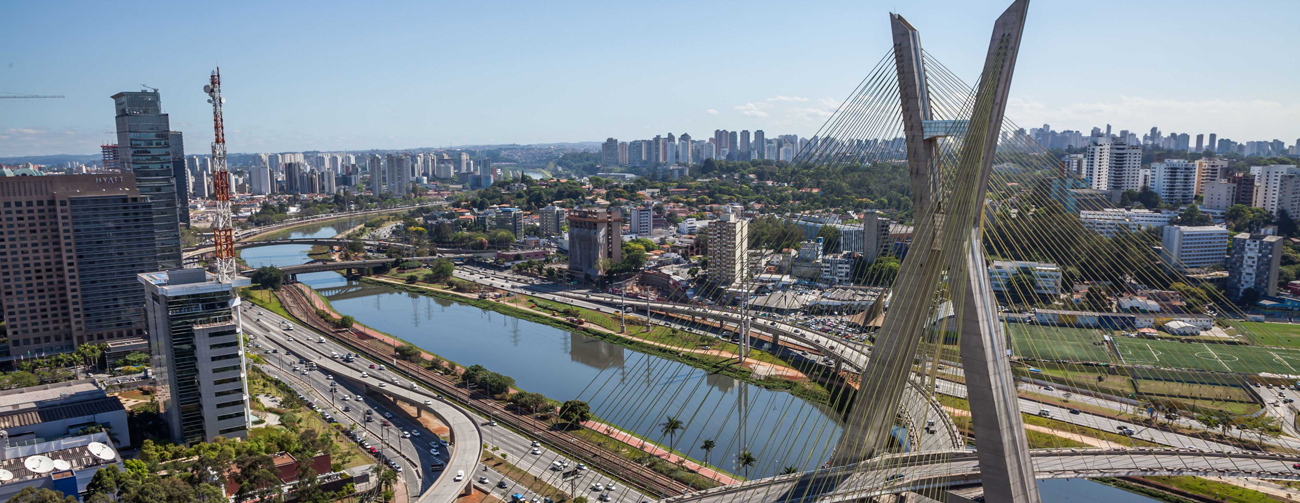
Other modern monuments and buildings of the city to see:
- The Museu do Futebol/Estádio do Pacaembú (Mauro Munhoz, Daniel Pollara e Paula Bartorelli, 2007/08)
- The Memorial dell’America Latina (Oscar Niemeyer, 1986)
- The Centro de Lazer SESC Fábrica Pompéia (Lina Bo Bardi, 1977-1986)
- The FIESP – Building of the Federation of industrial São Paulo (Rino Levi Arquitetos Associados: Roberto Cerqueira César and Luiz Roberto de Carvalho Franco, 1969-1979) where the lower floor houses a cultural centre (Paulo Mendes da Rocha and MMBB 1996-1998)
- The Museu de Arte de São Paulo Assis Chateaubriand (Lina Bo Bardi, 1956-1968) now one of the main symbols of the city
- The Conjunto Nacional (David Libeskind, 1955) a huge multifunctional building with homes, shops and offices, which occupies a whole block in the Avenida Paulista
- The MUBE Museu Brasileiro da Escultura (Paulo Mendes da Rocha, Roberto Burle-Marx, 1987-1995).
Belo Horizonte
In the route of Belo Horizonte, it is also worth to take a look at the buildings designed by Niemeyer and landscape architect Roberto Burle-Marx. From 1940 onwards, around the Pampulha Lagoon, among the most important examples of modern architecture worldwide, you will visit:
- Museu de Arte da Pampulha
- Yacht Clube da Pampulha
- Casa do Baile Pampulha
- Igreja de São Francisco de Assis
- The Residência Juscelino Kubitschek (1943)
- l’Edifício Niemeyer (1954)
In the central square of Belo Horizonte, with Viaggi di Architettura you will visit the buildings and art installations built in the Contemporary Art Centre Instituto Inhotim with the Galeria Adriana Varejão (Rodrigo Cerviño López, 2008), the Centro de Educação, Culture Burle Marx (Alexandre Brasil and Paula Zasnicoff, 2008-2009) and Galeria Doris Salcedo (Carlos Granada and Paula Zasnicoff, 2006-2008), which are among the most important events of architecture and contemporary Braziliant art nowadays.
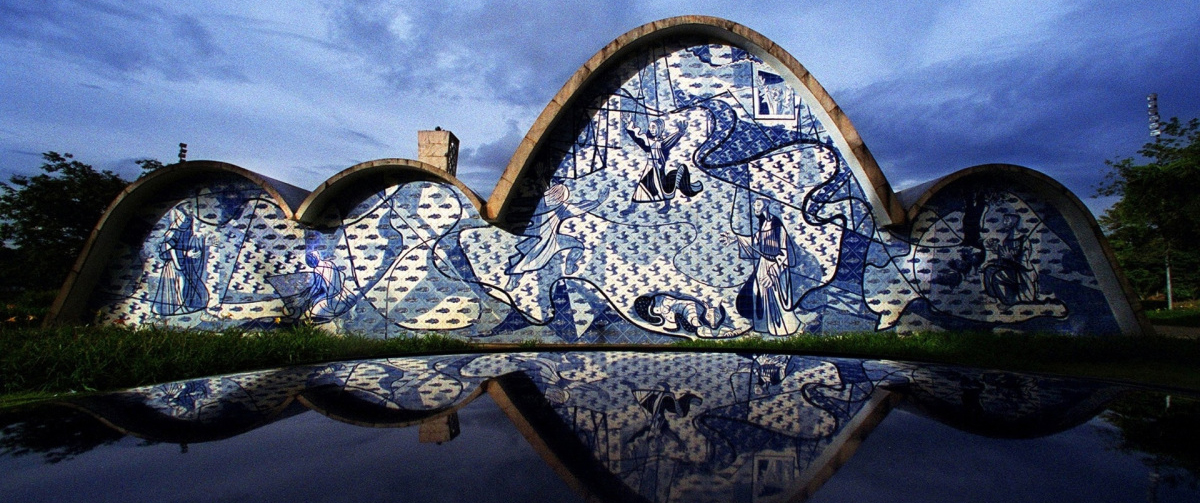
Brasilia
The tour continues with visiting some of the most important buildings of Brazil:
- The Piazza of the three powers, flanked by buildings designed by Oscar Niemeyer in 1957 and 1959: the Congress Building, Plan-high Palace, Secretariat and Courthouse
- The Metropolitan Cathedral (Niemeyer, 1958-1960)
- Ministry of Foreign Affairs or Itamaraty palace (Niemeyer and Burle Marx, 1962)
- Ministry of Defense (Niemeyer, 1977)
- Juscelino Kubitschek Memorial (Niemeyer, 1980)
- National Theatre (Niemeyer, 1958)
- Alvorada Palace or residence of the President (Niemeyer, 1958)
- The phone tower (Lucio Costa)
- National Museum and Library of Brazil (Niemeyer, 2006)
- Memorial to indigenous people (Niemeyer, 1982)
- The Brasilia Shopping Mall (Rui Ohtake, 1997)
- The Superquadra 405, to see an example of a residential building and visits to the banking- and hotel industries.
Then a tour to the satellite city of Taguatinga founded in 1958, even before the foundation of the capital.
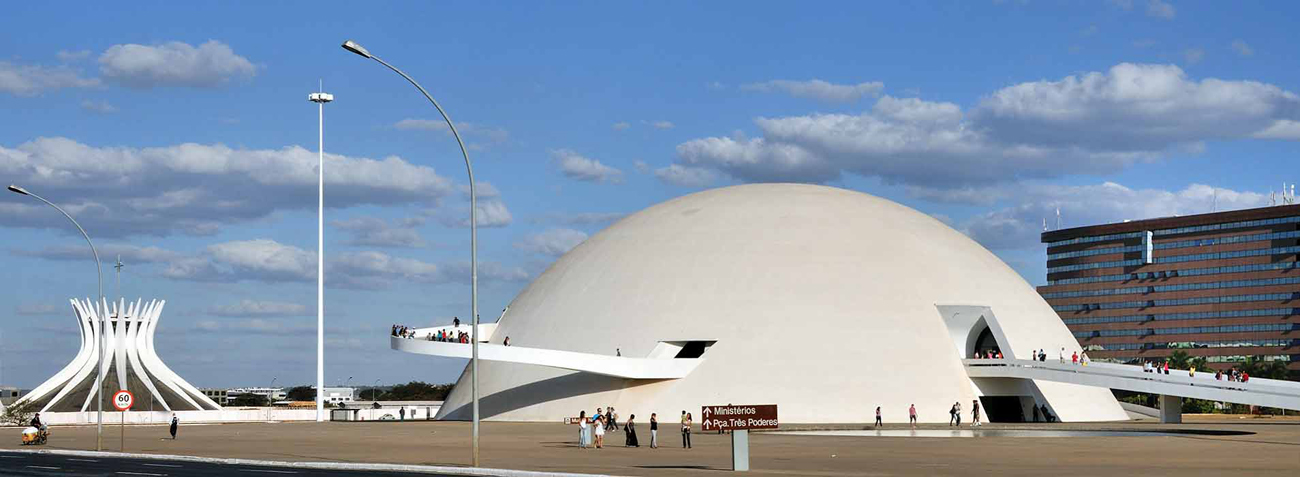
Rio de Janeiro
Together with a local architect, the discovery of Brazil continues at the city of Rio de Janerio, for a visit to some of the important modernist buildings of the city like:
- The Banco Boavista (Oscar Niemeyer, 1946)
- Banco Aliança (Lucio Costa, 1956)
- The Ministry of Education and Health, now Palácio Gustavo Capanema (Lucio Costa, Oscar Niemeyer, Carlos Leão, Jorge Moreira, Affonso Eduardo Reidy and Ernani Vasconcelos, 1936-1943), a landmark of modernist architecture in Brazil
- Edifício-Sede da Associação Brasileira de Imprensa (1936)
- Edifício Seguradoras (1949)
- Instituto de Resseguros do Brasil (1941)
- Santos Dumont Airport (1937)
- Estação de Hidroaviões (Attilio Correia Lima, 1937), declared a national monument by the Brazilian Government in 1957
At the Flamengo Park (Affonso Eduardo Reidy, 1962) whose buildings have been declared national heritage in 1965. In the park there are the Museu de Arte Moderna do Rio de Janeiro (Affonso Eduardo Reidy, 1953) and the monument of World War II (Helio Ribas Marinho and Marcos Konder Neto, 1956.)
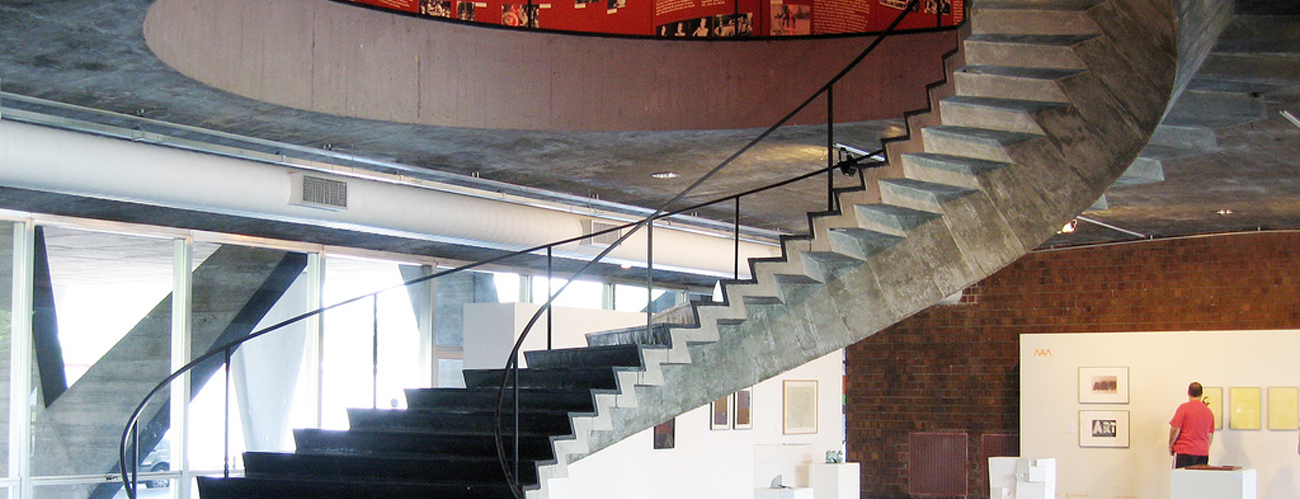
We continue to the Residencia Abigail Seabra de Paula Buarque (Paulo Antunes Riberio, 1938), an important building at the turn of art-deco and rationalism; the Museu Castro Maya – “Chácara do Céu” (Wladimir Alves de Souza, 1956) and the Parque das Ruinas (Ernani Freire, Sonia Lopes, 1995-1997.)
Followed by a visit at the Barrio del Benfica, social housing (Prefeito Medes de Maraes, also called Pedregulho of Affonso Eduardo Reid, 1947.) The northern area, put in the yard in 1948 in anticipation of the World Championship in 1950, has spawned one of the largest sports facilities in the world: the Maracanã stadium (Raphael Galvão, Pedro Paulo Bastos and others, 1949.) And in the Avenida Marques de Sapucaí, the Sambadrome, designed by Niemeyer in 1983; one of the most interesting projects of the recent Brazilian architecture Oi Futuro Flamengo (former Telemar Cultural Centre) designed by Oficina de Arquitetos (2000-2005), a building of the early twentieth century, where the original only preserved the facade.
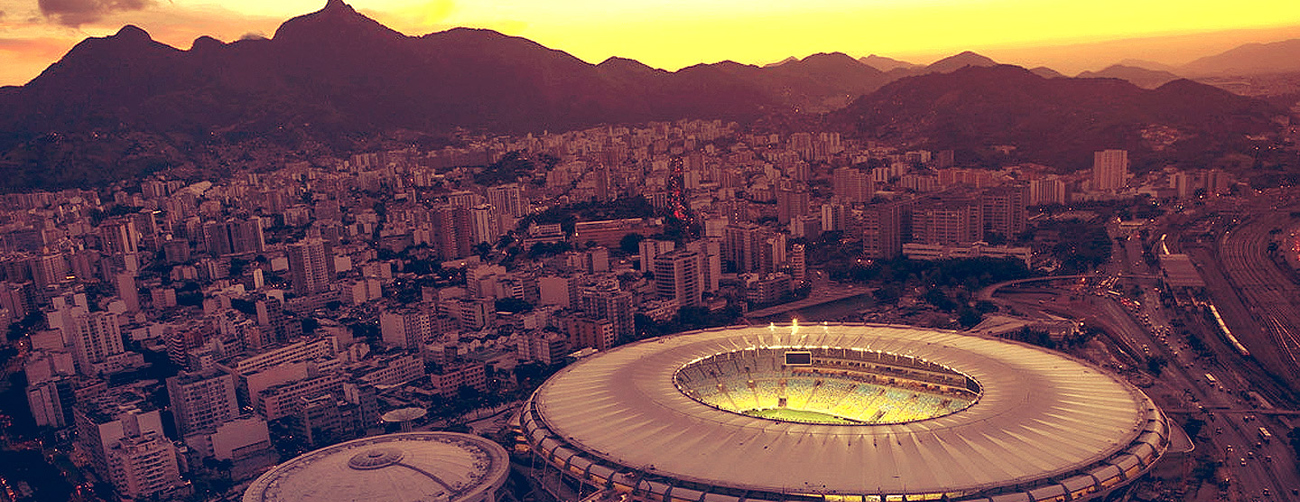
A visit to the Parque Guinle, an important group of modernist buildings:
- Edifícios Nova Cintra, Bristol and Caledônia progettati da Lúcio Costa (1948)
- The buildings by Marcelo, Milton and Maurício Roberto (1950)
- Instituto Moreira Salles (Olavo Redig de Campos, 1951)
- The gardens with majolica panels by Roberto Burle Marx
- Residência do Arquiteto or “Casa das Canoas” (Oscar Niemeyer, 1953-1954) current headquarters of Fondazione Oscar Niemeyer
- The Centro Internacional SARAH de Neurorreabilitação and Neurociências di João Filgueiras Lima, “Lelé” (2001-2008)
A visit to the Museu de Arte Contemporânea de Niterói (Oscar Niemeyer 1996) and Caminho Niemeyer with these buildings designed by the architect:
- Centro de Memória Roberto Silveira
- Teatro Popular de Niterói
- Fundação Oscar Niemeyer
- stadio Barcas Charitas
For information, reservations or special requests on routes dedicated to Brazil by Viaggi di Architettura.
NEWSLETTER
CAN’T FORGET ITALY SRL – VIA PASSARELLI 113, 75100 MATERA ITALY – VAT NUMBER: 01234760773






